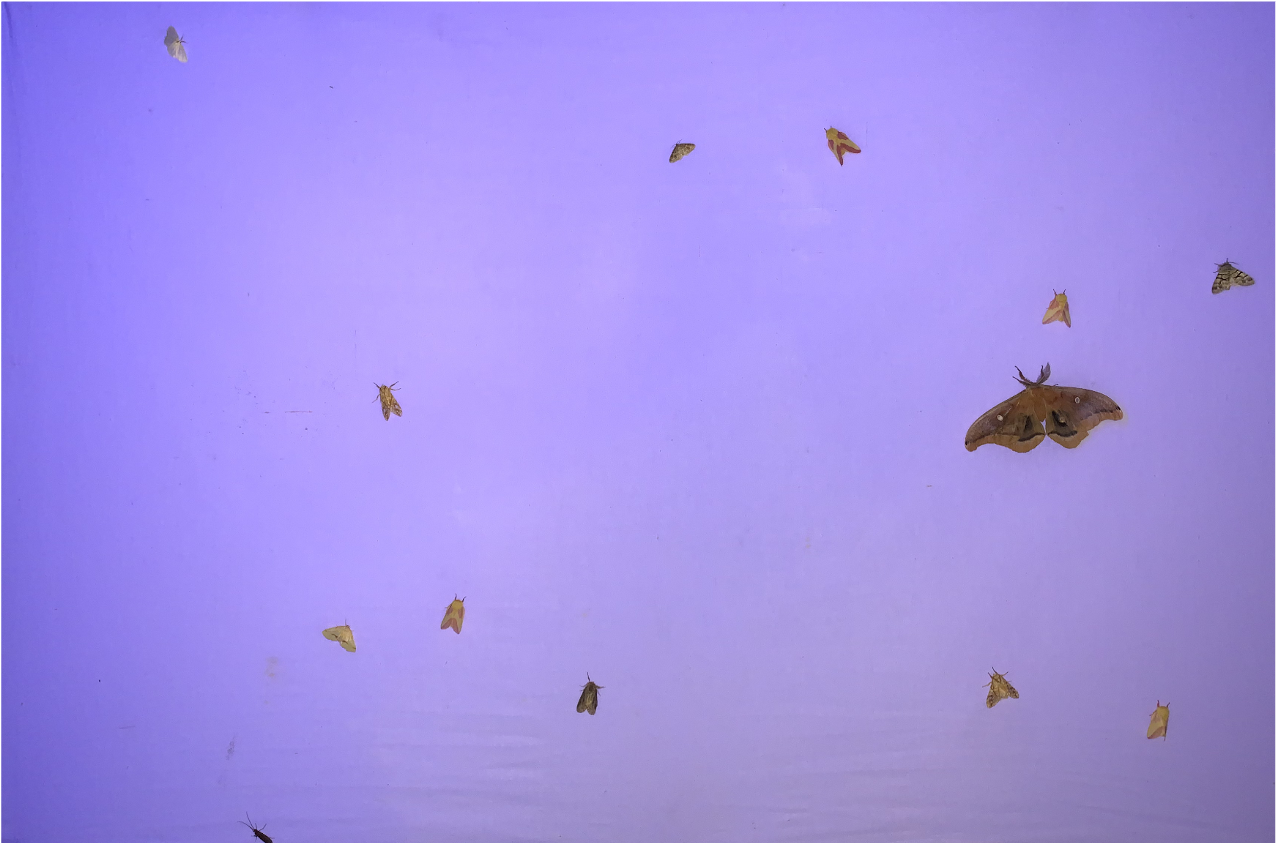Data Services Case Studies¶
The Data Services team has assisted students and researchers on a wide variety of topics. Below, you can seea sampling of projects and software we have helped with.
Text Analysis using R¶

More info
This student wanted to study how cultural and national narratives influence individual and collective consciousness. She wanted to explore how Chinese citizens built their new identities and discuss their past after Mao. Text analysis of tens of thousands of film reviews on Douban, a popular Chinese online database.
We showed her how she could use R to analyze those reviews and visualize the results. She found that there are four camps of mentalities or ways of perceiving the national past, (progressivism, fatalism, optimism, and anomie) that are very distant from each other.
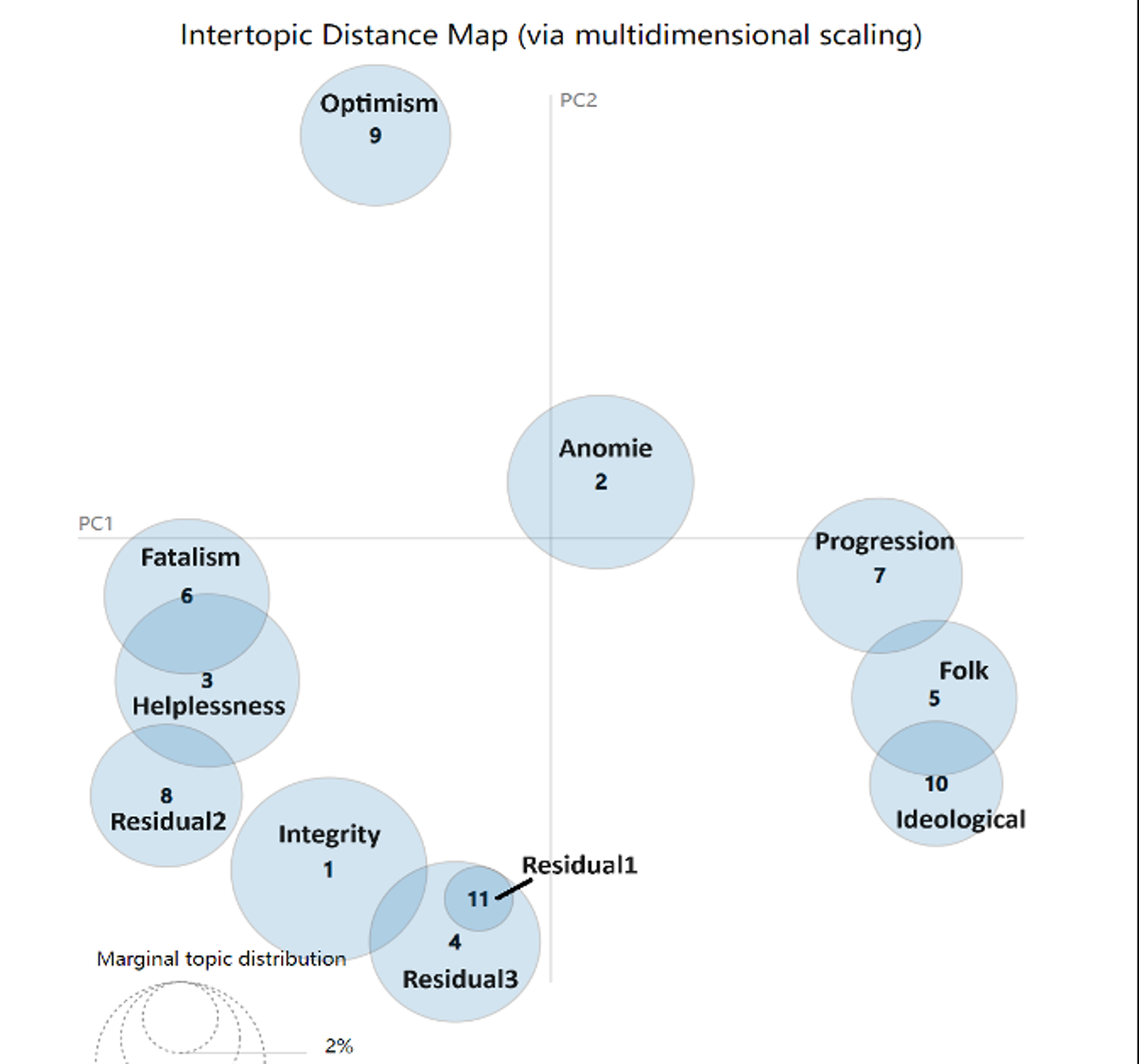
Zhang, J. (2024). How We Reconcile with the Past: National Narrative and Individual Consciousness [Brandeis University]. https://doi.org/10.48617/etd.1131
https://jiayizhangg.shinyapps.io/farewell/#topic=0&lambda=1&term=
Data Analysis with Stata¶
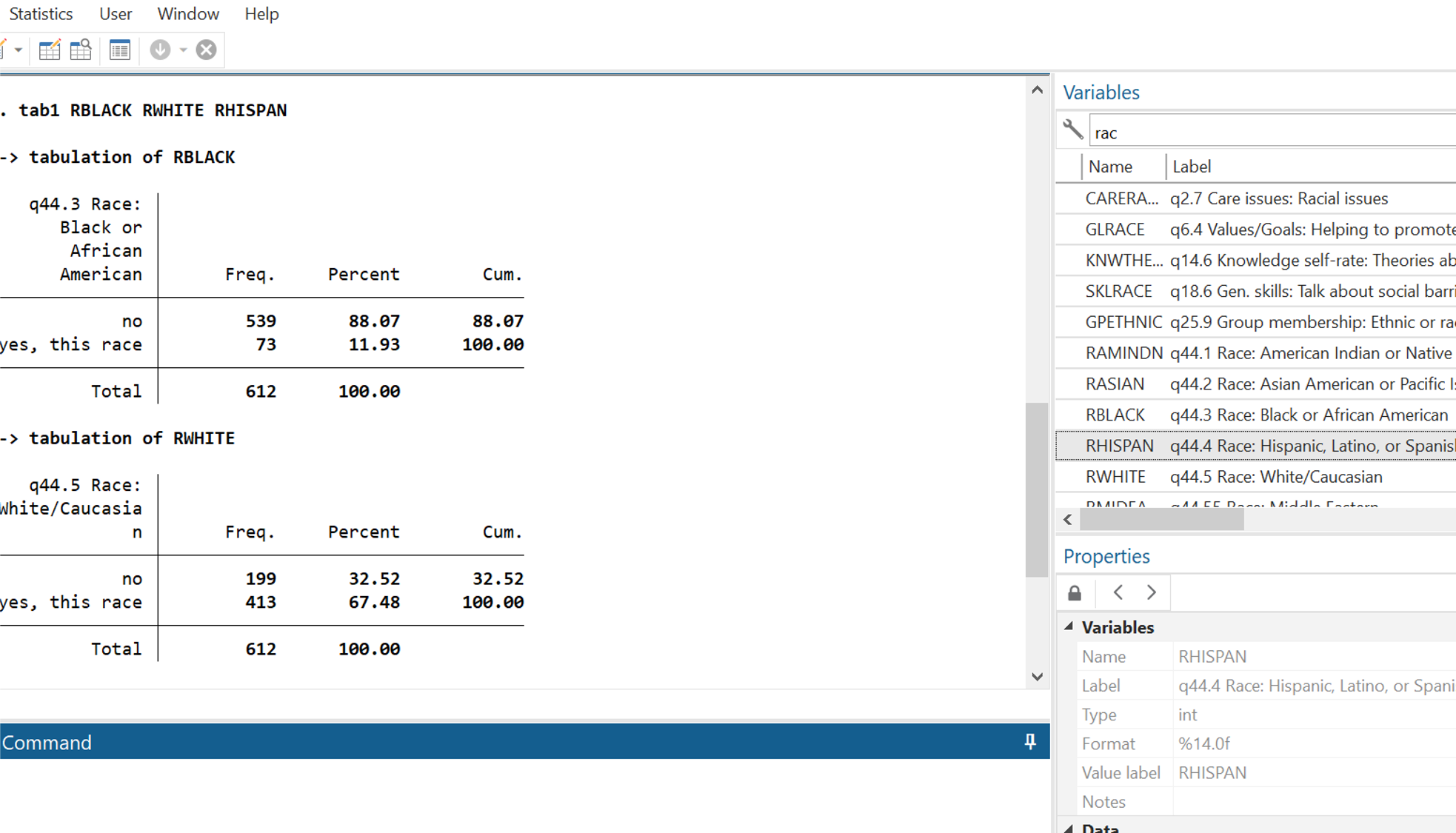
More info
This student wanted to study the the impact of higher education on the political participation and engagement of female students of color. She took data from the Political Engagement Project (PEP), 2003-2005 [United States] (ICPSR 36977) and analyzed it with Stata. We helped her with data cleaning, data analysis, and data presentation. She found that education serves as a direct influence for building skills, knowledge, engagement, and momentum to participate and engage in politics.
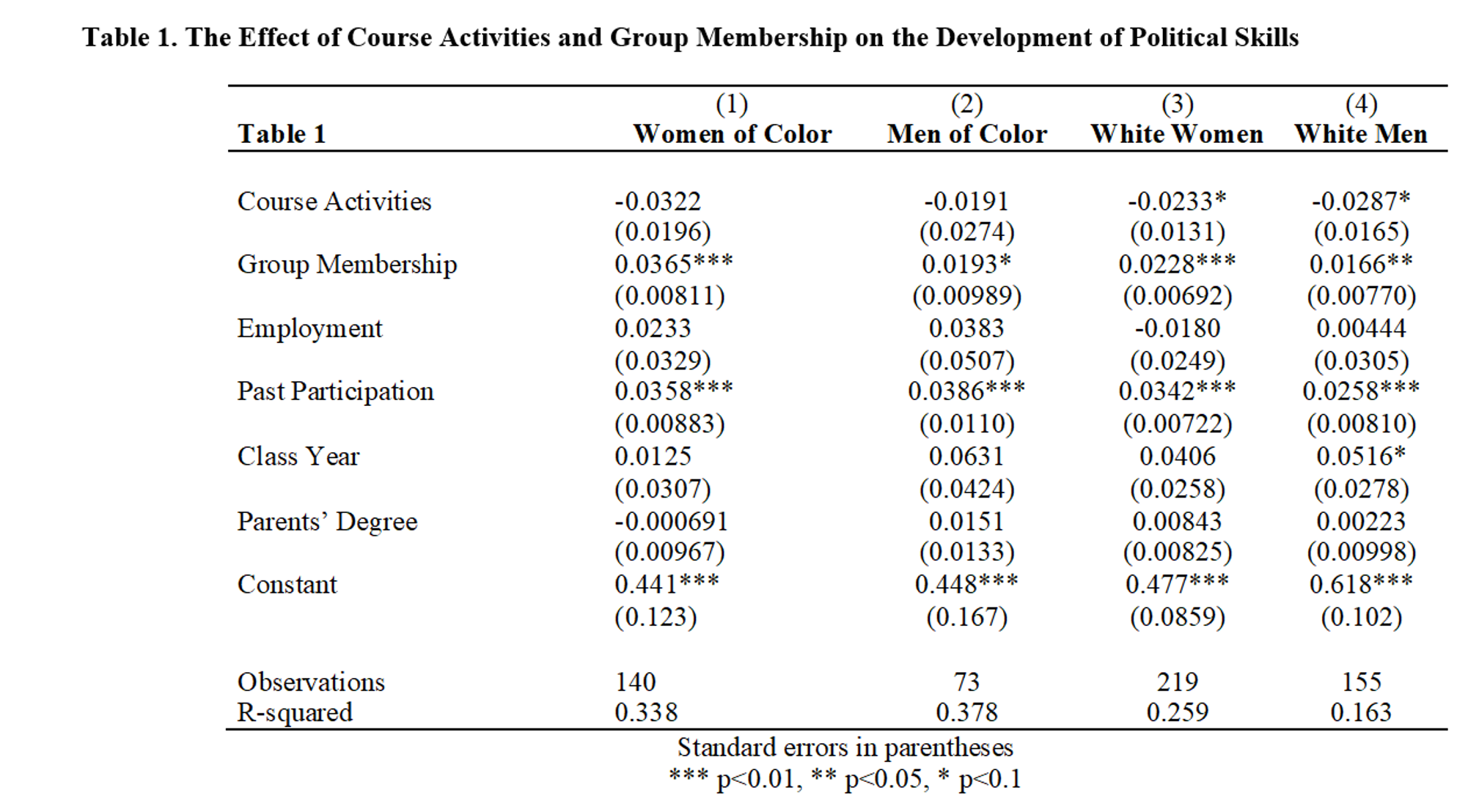
Shealy, J M. (2023). The Influence of Higher Education on the Political Engagement and Participation on Women Students of Color [Brandeis University].
Designing Experiments in PsychoPy¶
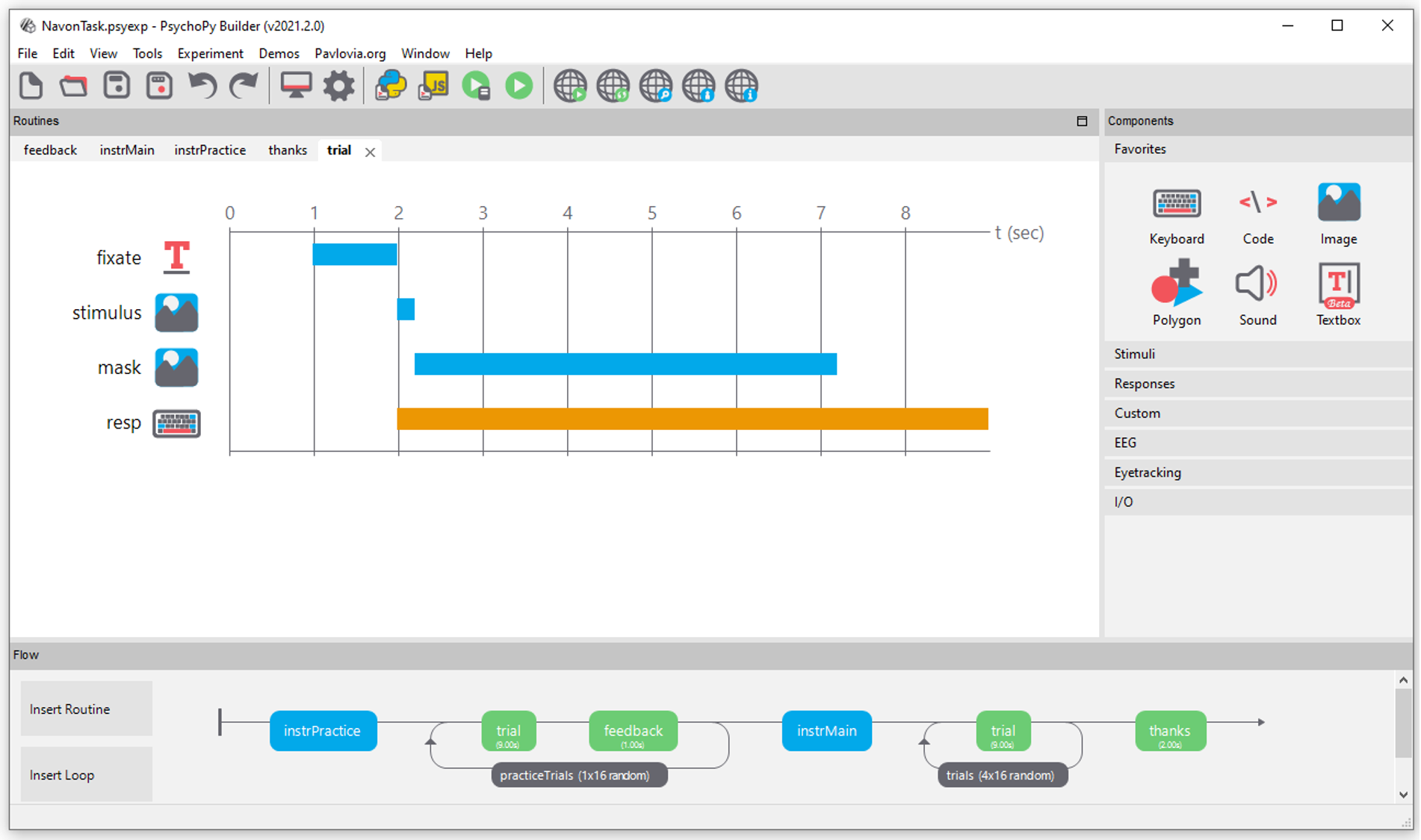
More info

In Psychology, designing experiments that participants can use on any device is a powerful way to make life easier for your participants. A common tool for this is PsychoPy, an experiment builder that lets you use a graphical interface to define the broad strokes of the experiment and Python code for specifics. Experiments can be hosted for free on pavlovia.org. We can help students put together the experiment they want to in any part of it.
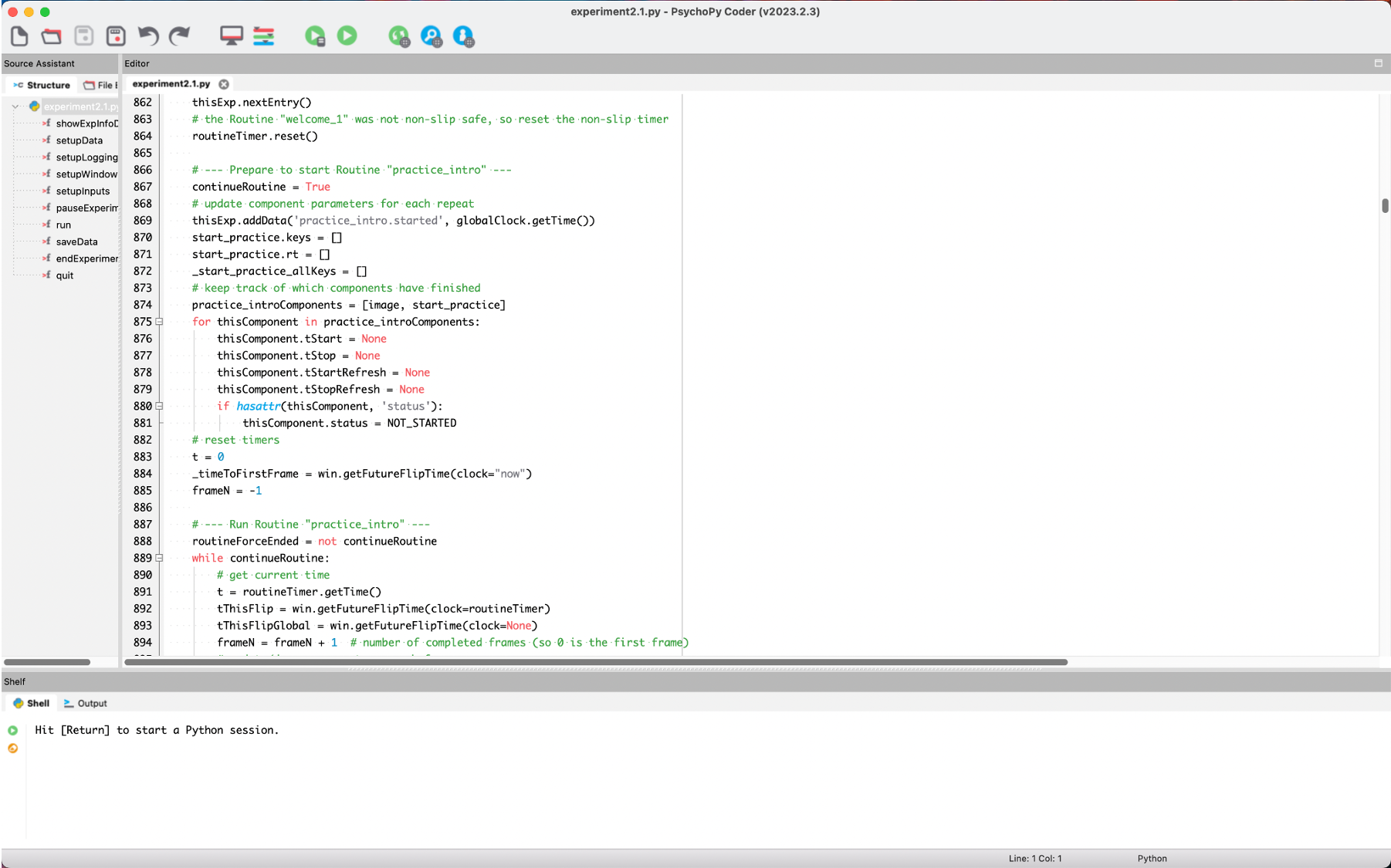
Image Processing in Python¶
More info
This student wanted to take images they had captured of moths over the course of a summer and extract moths of a certain size from the image to determine the percent of the board covered with moths and to attempt to group them together by shape size and color. We helped to automate this process in Python for hundreds of images.
This was a rare instance where Data Services generated the majority of the code for this project, as the student had no coding experience, and we had the bandwidth to help make a pilot for the project. The moth images were fed into a clustering model, and this model was able to differentiate taxonomic groupings based on their size and coloration. The student also found that they could use the percent of the board covered by moths as proxy for moth biomass.
Shimazu, F. Y. (2023). Reducing the Participation Barrier to Insect Monitoring Through the Image Processing Program: Measuring Insect Board Coverage Using Adaptive Thresholding (MIBCAT) [Brandeis University]. https://doi.org/10.48617/etd.1074
